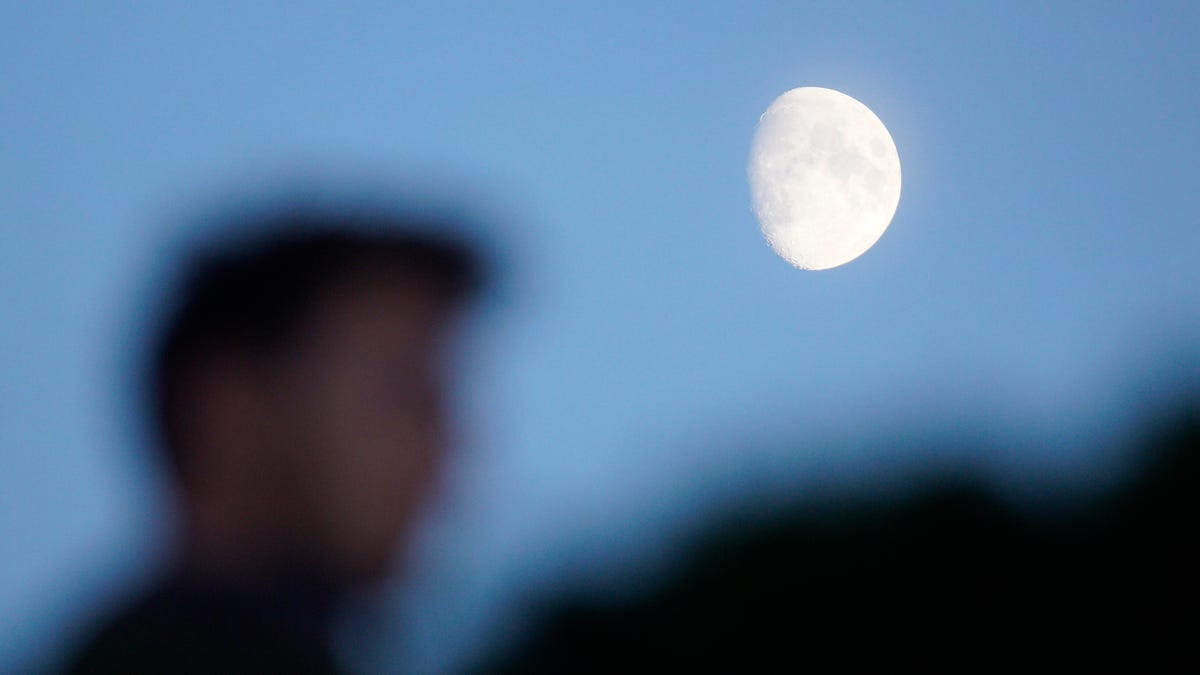NASA invites you to celebrate International Observe the Moon Night
A NASA TV broadcast will air the evening of Oct. 16 to mark the occasion.

A waxing gibbous moon over Warsaw, Poland, on July 30.
This Saturday, NASA invites the world to join together in an international revelry for lunar science. NASA has planned multiple virtual events that are open to the public to celebrate International Observe the Moon Night, including a live broadcast on NASA TV, as well as activities like impact crater modeling and, of course, bingo.
The hour-long NASA TV broadcast will kick off Saturday at 4:30 p.m. PT. The broadcast will feature news on NASA's Artemis program, which aims to send astronauts to the Moon's South Pole. You can also tune into for a close-up of the lunar surface via SLOOH's telescopes in Chile and the Canary Islands and check out info on "future robotic exploration missions to the Moon." The broadcast will live stream on NASA Television and NASA social media channels.
Virtual and at-home activities for for all ages are scheduled for the evening. You can create your own lunar impact craters using materials around the house, join in a round of Moon Photo Challenge Bingo or post your moon-inspired artwork in the official Flickr group with the tag ObserveTheMoonArt. Check out the full list of activities on NASA's website.
On Oct. 16, the evening of the celebration, the whole world can look up to find a waxing gibbous moon. Waxing gibbous is the moon phase that begins after the first quarter moon and lasts until the full moon. "Waxing" refers to the moon appearing larger in the sky, "gibbous" is the oval shape that we see. In its announcement, NASA highlights "great opportunities for viewing along the terminator – the line between night and day."
International Observe the Moon Night is an annual celebration held in either September or October, when the moon is near its first quarter, so it's extra-bright and visible in the early night sky.

